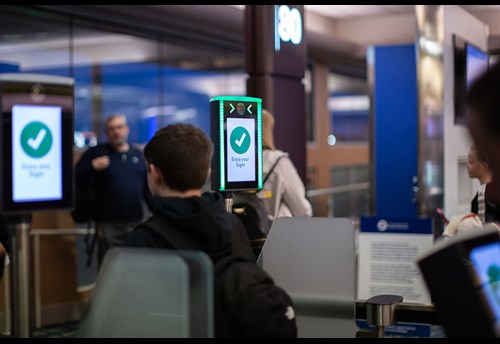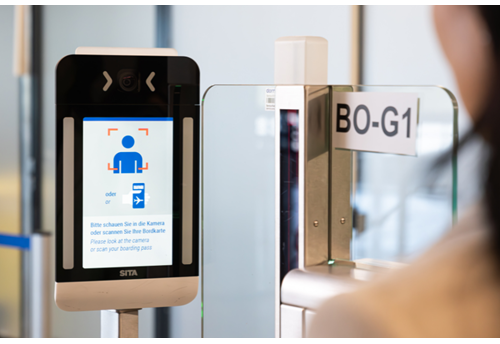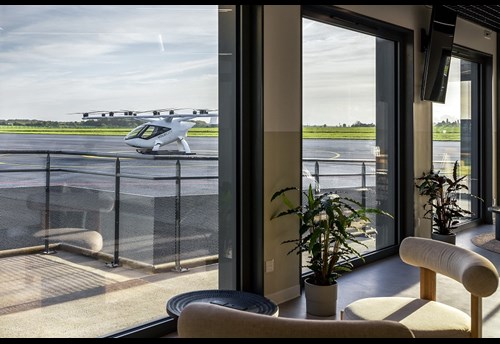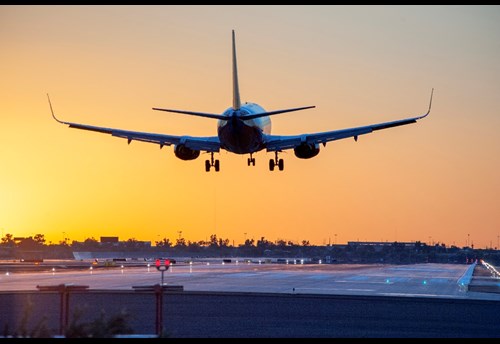From driverless trucks and the conquering of Go and other complex board games, to the ability to help diagnose cancer and source great talent for HR teams, the applications of Artificial Intelligence (AI) are seemingly endless.
AI is even being used to generate paintings and compose classical symphonies. For NASA most recently, AI helped in the discovery of two new planets. So I’d not be at all surprised if you’re wondering how AI will impact aviation?
AI is super-human at narrow tasks!
But first, let me give you a definition: AI is a field of computer science that makes machines smart; machines powered by algorithms to solve specific problems or complete tasks that used to be handled by humans. These powerful algorithms can process huge amounts of data, and they learn automatically from features and patterns in that data. They apply that knowledge to new inputs to perform human-like tasks.
It’s important to keep in mind that there are two types of AI. Narrow AI (or ‘weak’) and General AI (or ‘strong’). Narrow AI focuses on carrying out a specific task. General AI, when we achieve it, would exhibit consciousness, along with the ability to think for itself based on self-awareness and genuine intelligence to match human intelligence.
Today’s examples are still Narrow AI, because they’re programmed to complete tasks. The driverless trucks example I gave, for instance; as well as smart assistants (think Siri, Alexa, Cortana or Google Home), and a computer able to play Jeopardy. Put differently, these Narrow AIs are algorithms that are super human at narrow tasks!
Digital transformation will help drive AI
We’ve witnessed a lot of hype around AI applications in the last decade. But remember, the technology has been around since the 1950s. Automated systems have been part of aviation for quite some time - auto pilot and flight management, for instance. And now we’re seeing drones and autonomous aircraft.
Of vital importance to AI’s rise in air transport is digital transformation. This is the most valuable process today for our industry, as has been the case in other industries. It will transform the business model of airports and airlines. Its key components – People, Process, Big Data and more importantly Technology – will sharply impact the industry. Leading industry players are leveraging AI to harness the Big Data that derives from digital transformation, and this is becoming front and center.
So standby for the rise of AI
We in aviation must fasten our seatbelts! As AI inevitably takes off in our industry, it brings the potential to revolutionize how air transport of the future will operate. It’s already disrupting the way companies approach their data, revenue management and entire operations.
Forward-looking organizations in the industry are using AI to reduce cost, improve flights and airport operations, enhance the customer experience, and achieve operational excellence. The entire industry is poised to undergo unprecedented disruption.
Big Data and AI investment is happening now
Thanks to the recent SITA Innovation Forum where more than 100 airlines and airports focused on innovation in air transport, I had the privilege to discuss the use of AI in our industry with many attendees. Almost every single one of them plans to invest or leverage AI to address their key business challenges, from airport operations, airline operations, bag management, ground handling and the overall passenger experience.
This reinforces the findings of SITA's latest Air Transport IT Insights survey, in which the IT investment plans of airlines suggest that AI will become commonplace. Over half of airlines said they expect to have AI implementations by 2021. In that same timeframe, the survey found that nearly 80% of airports will be using AI for predictive analysis to improve operational efficiency.
Other research supports this. According to a survey by NewVantage, 97.2% of companies said in 2018 that they were investing in Big Data and AI. And a forecast from Research & Market put the global AI market in aviation at $2.2 billion by 2025, posting a 46.65% growth (CAGR) compared to 2018.
The Center of Excellence in Data Science and AI
Early this year, SITA announced a huge investment in this field with the creation of the SITA Center of Excellence in Data Science and AI in Montreal, an AI Hub where the company is planning to hire around 60 data scientists.
Using AI and data science, SITA’s Center of Excellence will help the company, its customers, partners and the entire industry to create actionable business value from the air transport industry’s data assets. We’ll do this by creating intelligent data products, intelligent data services and intelligent APIs to ultimately enhance industry collaboration, operational excellence and the seamless passenger journey. Watch this space!
Over the coming weeks I’ll be looking at the rise of AI in aviation and sharing my findings in a series of blogs. In my next blog I will be discussing the drivers behind the overwhelming traction in AI. I’ll also take a dive into a fascinating and promising aviation use case (‘Optimizing turnaround with Machine Learning, Computer Vision and Operations Research’) and I’ll suggest how you might start your AI journey.
Then, over the coming months, I’ll be producing a blog for each of the seven areas we’ve identified for AI applications in aviation:
- Passenger Journey
- Bag Journey
- Airport Operations
- Airline Operations
- Ground Handlers
- Border Management










0 Comments